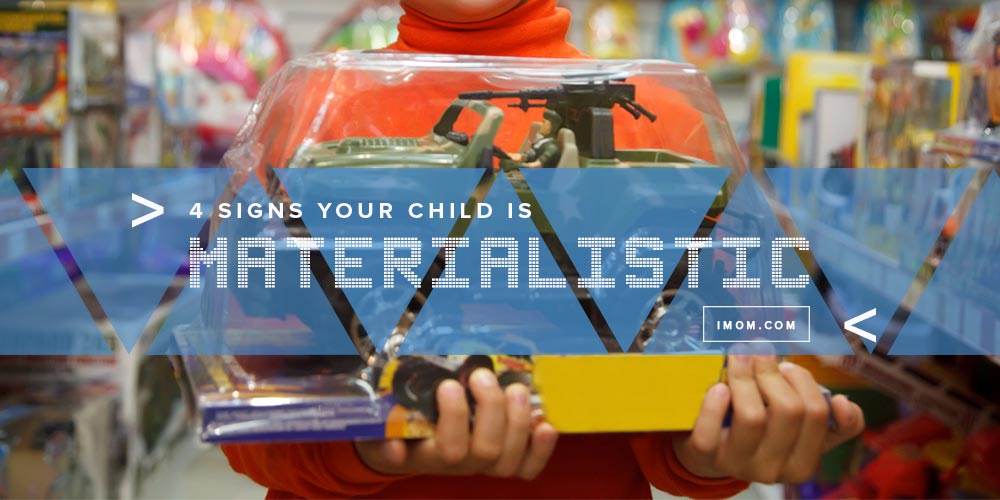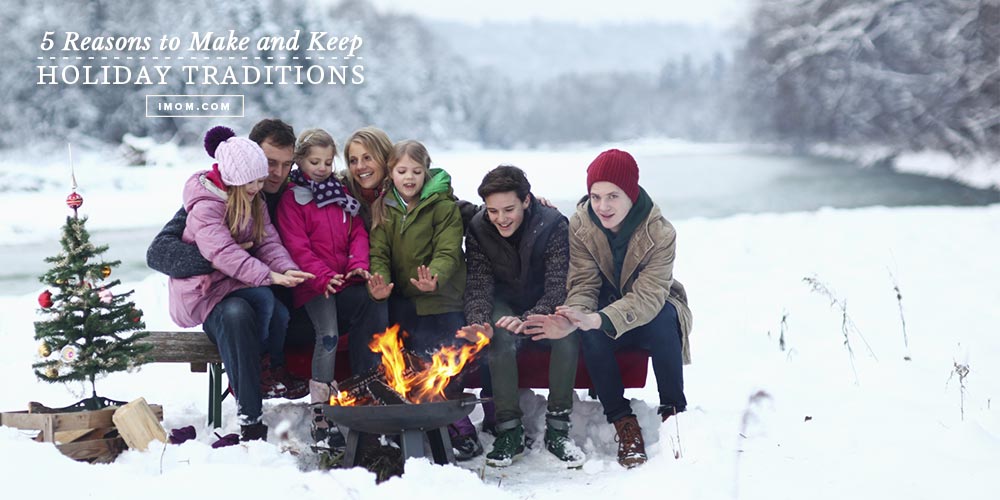Have you ever noticed that the more we get, the less we tend to appreciate? It’s true for children and adults alike. A child working through a pile of presents at his birthday party will often open one and fling it to the floor with hardly a glance in the rush to open yet another. Christmas offers a similar challenge. At family gatherings and on Christmas morning, there are countless gifts to be opened. We enjoy decadent meals and a constant parade of desserts. How can parents teach gratitude in the middle of holiday excess?
This is the season of hope, and we have some to offer! From your own gift-giving plan to the way you choose to share moments of giving and receiving with friends and family, try these 5 strategies for teaching gratitude during the holidays.
1. Be intentional about changing the focus.
Trust us, this won’t happen on its own because there are billions of advertising dollars spent to ensure that the focus stays right where it traditionally is—in your retailer’s pocket. So be proactive about using different language to talk about Christmas this year. For example: When you mention a “Christmas list” to your kids, do they think about things they want to receive or things they want to give? Try our Christmas Giving and Wishing List to gain some balance. Training your family to think first about the opportunity to give and to serve can change the feel of your whole holiday experience.
2. Rein Santa Claus in a little.
I’m not anti-Santa. He was a big deal growing up. My dad would even take one of his mounted deer off the wall, stick a red ball on its nose, and have it peer into our windows late on Christmas Eve! It was terrifying magical! But when the jolly old elf is the first, most consistent element of the Christmas celebration your child comes to know, it’s a short hop from there to “what do I get?” And listen up, moms. Just because Santa is making a stop at your house doesn’t mean he has to bring a stack of 50 things for each child. Less is more. Because we’re Christians, my husband and I decided when our children were small to allow Santa to bring each child three gifts. Our explanation was that “Santa brings three gifts to children to remind them of the three gifts the wise men brought to baby Jesus.” In one simple move, we rerouted the secular holiday back around toward the true meaning of Christmas and capped the tendency toward excess.
3. Slow down the gift exchange.
While some families enjoy the chaotic, paper-flying frenzy of every child opening gifts simultaneously, my sister-in-law brought a better, more civilized approach to our family celebrations. Gifts are distributed to the recipients, but we go around the room opening one at a time. This allows everyone to admire the gift and gives the recipient the time to truly appreciate the gift and to thank the giver. It gives gratitude and good manners a fighting chance, and it allows you the opportunity to savor the moment of generosity among your loved ones! If you want extra credit, you can even help your children write thank you notes to friends and relatives for the things they received.
4. Create more Christmas experiences outside of gift-giving.
Watch a few favorite Christmas movies, bake together, read a classic Christmas story, or take a drive to see the best holiday lights. There are lots of options. Help your children to build Christmas memories that don’t come wrapped in paper and tied with a bow.

5. Serve.
I almost hesitate to write this because I personally lament the fact that we’re all moved to serve the less fortunate at Christmastime and seldom think of them during the rest of the year. (I’m pretty sure people are hungry and cold in March too.) But having said that, we can’t escape the fact that some charity and service is better than none at all. Help your family find ways to focus on making the holidays better for others: Serve dinner at a nonprofit event or shelter, buy gifts for a needy child or family through a nonprofit program such as Operation Christmas Child or Angel Tree, or visit a local nursing home to spend time with seniors who long for company. It’s simple math: The more time you spend thinking about others, the less time you have to think about yourself.
How do you work on teaching gratitude to your kids?











